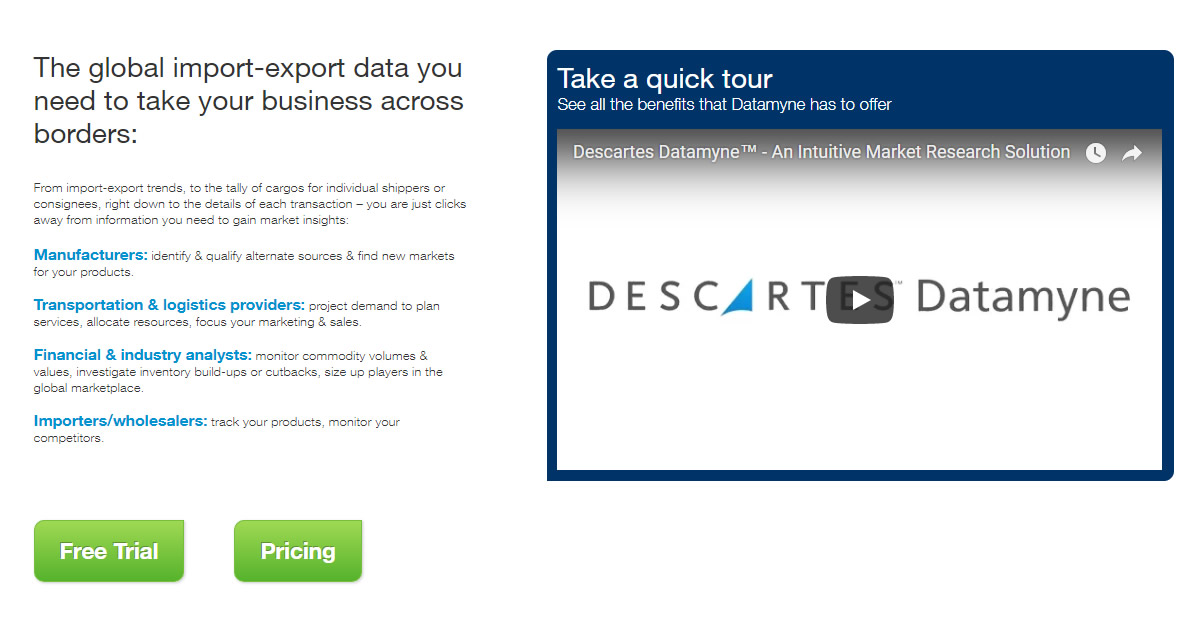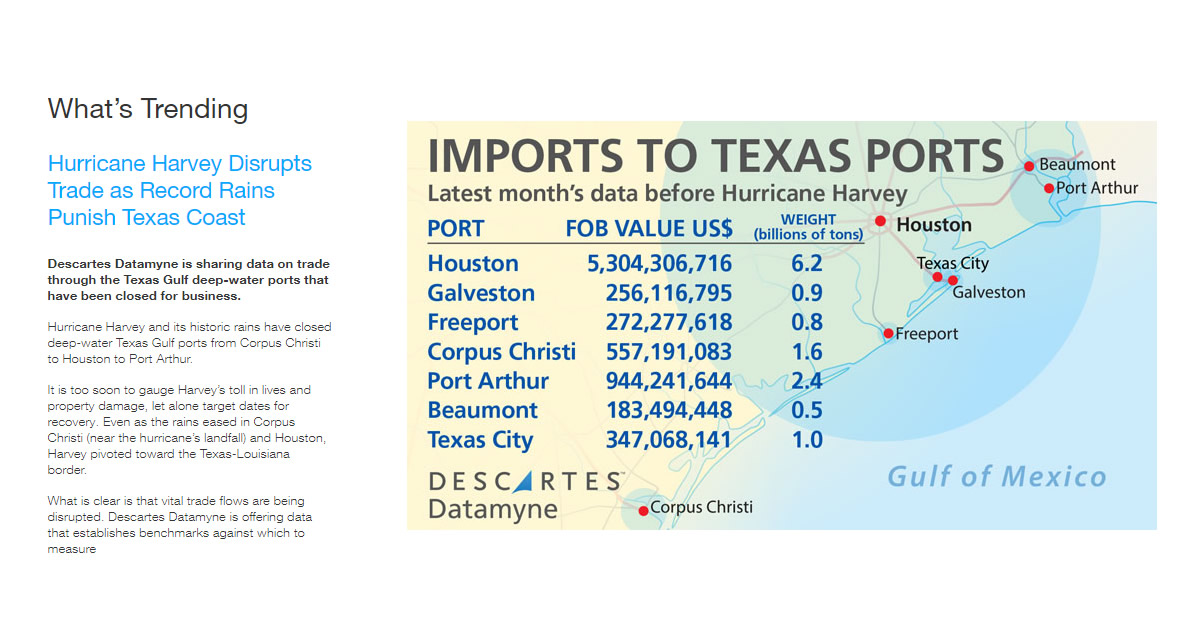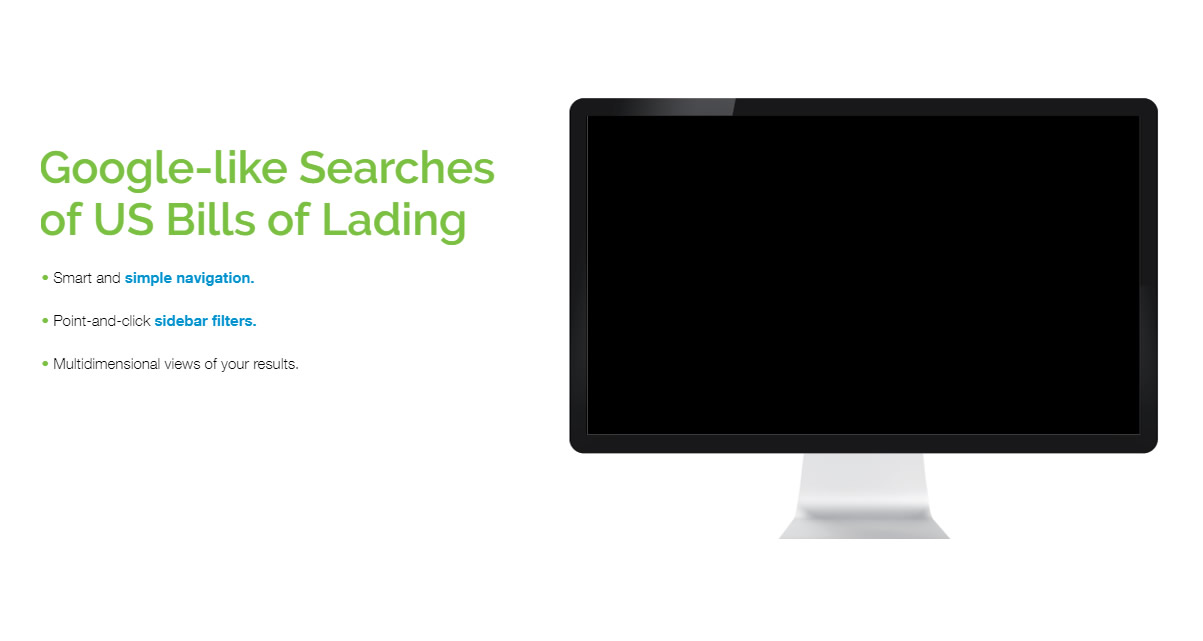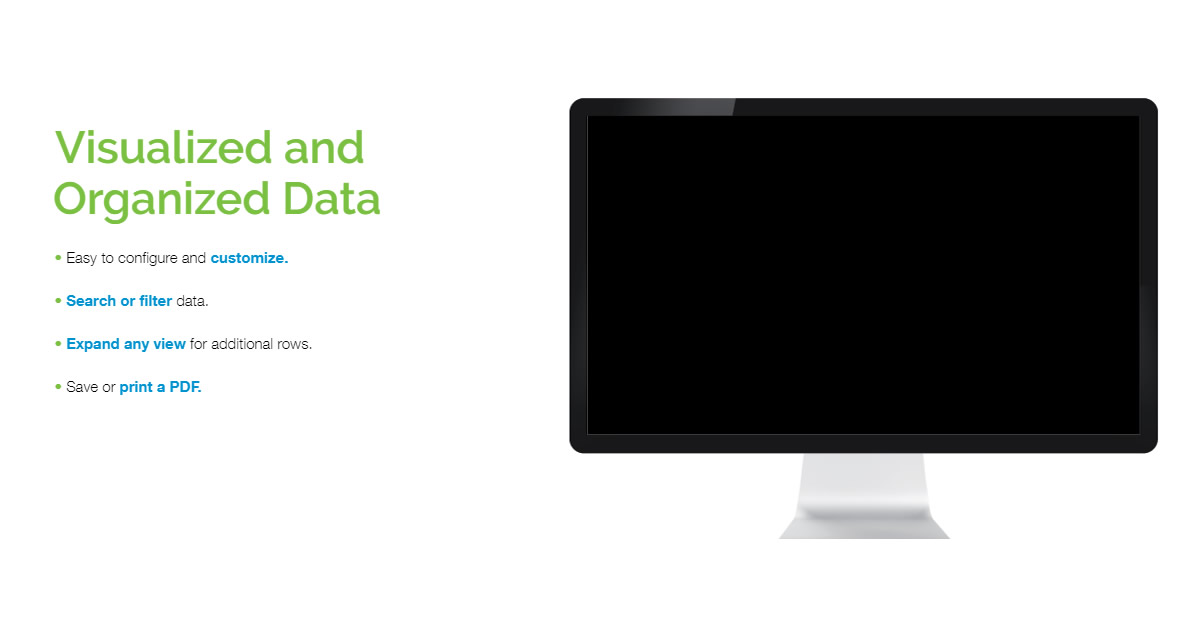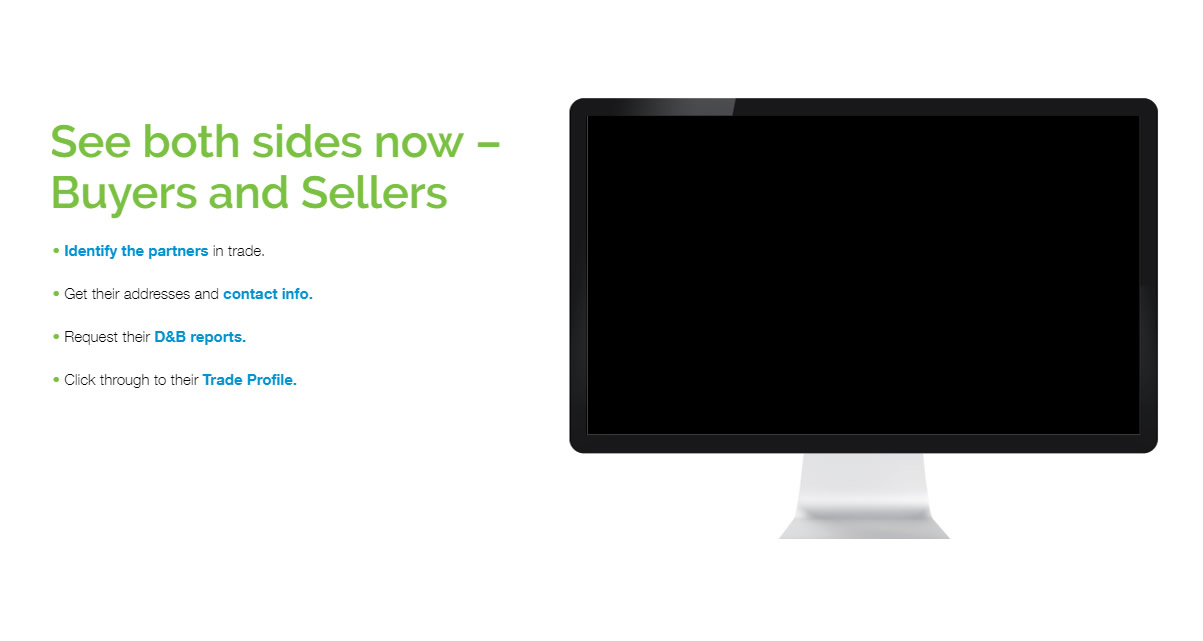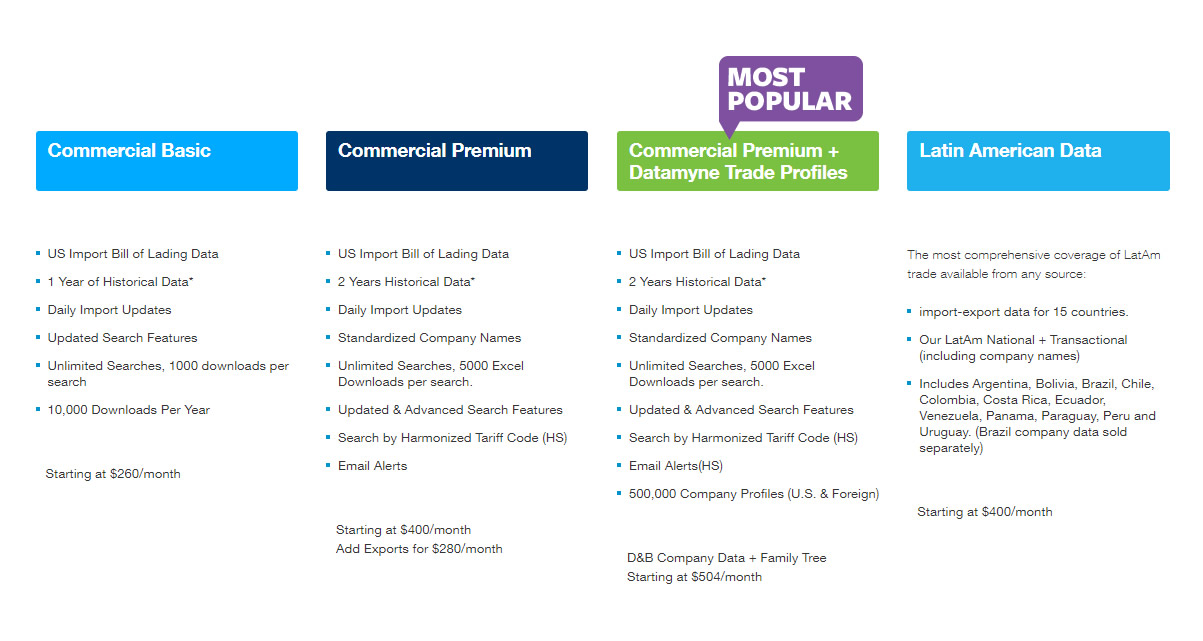The Power of International Business Intelligence
Descartes Evolution Global User & Partner Conference
Join us for our premier event from Tuesday, March 6 through Thursday, March 8, 2018 at the Hilton West Palm Beach. Act now! Early bird pricing is only available until midnight ET on December 8, 2017. Learn more.
The global import-export data you need to take your business across borders:
From import-export trends, to the tally of cargos for individual shippers or consignees, right down to the details of each transaction – you are just clicks away from information you need to gain market insights:
Manufacturers: identify & qualify alternate sources & find new markets for your products.
Transportation & logistics providers: project demand to plan services, allocate resources, focus your marketing & sales.
Financial & industry analysts: monitor commodity volumes & values, investigate inventory build-ups or cutbacks, size up players in the global marketplace.
Importers/wholesalers: track your products, monitor your competitors.
FAQ
What is the source of Datamyne’s US trade data?
US trade data is gathered from the Automated Manifest System (AMS), customs declarations and Import-Export Customs Statistics.
What are the sources of Datamyne’s international data?
Our international data is gathered from authorized government sources within each reporting country.
How often is your data updated?
US shipment data is updated daily upon receipt from US Customs and Border Protection.
Our premium database is updated with Datamyne’s value-added fields weekly.
Datamyne receives updates for its international databases from one to two months after the transactions have been recorded by the national government in question. The time frame is determined by the relevant national government’s policy.
What is the difference between your “Cargos” and “Markets” data?
“Cargos” is based on our Bill of Lading data, which provides shipment information, such as importer, shipper, notify party, and commodity description. These details allow you to track specific cargos.
“Markets” is based on US Census data – quantitative information about commodities and country trade volumes that allow you to analyze and rank the trade of country markets.
What is a TEU?
TEU – for twenty-foot equivalent unit – is the standard measure of a ship’s cargo carrying capacity. The basis for the TEU is the multimodal shipping container, which is 20 feet long, 8 feet wide, and 8½ feet tall. One TEU can generally accommodate from 9 to11 pallets.
Why is the TEU count sometimes recorded as “0?”
Sometimes the TEU data field will indicate “0”. This means the cargo was not shipped in a container but was LCL – “less than container load” – or a bulk shipment.
What is the difference between “Place of Receipt” and “Port of Departure?”
“Place of Receipt” is the location where the carrier takes custody of the cargo.
“Port of Departure” is the last port the vessel visited prior to its arrival in the US.
How does Datamyne determine the “Country of Origin?”
US Customs import data does not state a country of origin for any bill of lading. Datamyne analyzes a combination of key fields to determine the country in which the cargo originated.
What is the difference between “Original” and “Premium” BOL data?
Our “Original” bill of lading data provides the details about a shipment contained in the bill of lading.
Our “Premium” bill of lading data provides the details contained in the original bill of lading data PLUS shipment data that has been enhanced with Datamyne’s value-added fields, such as country of origin, unified consignee, TEUs, place of receipt, container type, FCL/LCL, US and world regions, city, state and zip code.
What is the difference between “Master” and “House” bills?
The “House” bill of lading is issued to the shipper by the NVOCC/freight forwarder.
The “Master” bill of lading is issued to the NVOCC/freight forwarder by the shipping line (carrier).
How do I decide which one – “Master” or “House” – is more useful to my analysis?
The “House” bill best suits your needs when you are interested in tracking specific company transactions, since it will usually provide the company name of both US importer and foreign shipper. In contrast, the “Master” bill identifies the logistic services providers.
Why—and how — does Datamyne “unify” names of parties to the trade?
The US Customs Automated Manifest System (AMS) allows free text entry of shipment information. Shipping lines and freight forwarders are not required to enter a single, standard version of a foreign shipper’s or a US importer’s name – and they don’t. So many variations on company names with redundancies in addresses appear in the bill of lading data. To help with your company analysis, we apply highly standardized criteria to recognize and unify variations under one name and reduce address redundancies.
How do I order a custom report?
One of our trade data specialists can help create a report based on your specific data needs. Click here to request a custom report.
How can I access your data online?
Subscriptions to our online database are available through one of our trade data specialists, please cick here to CONTACT US and start your online access today.






